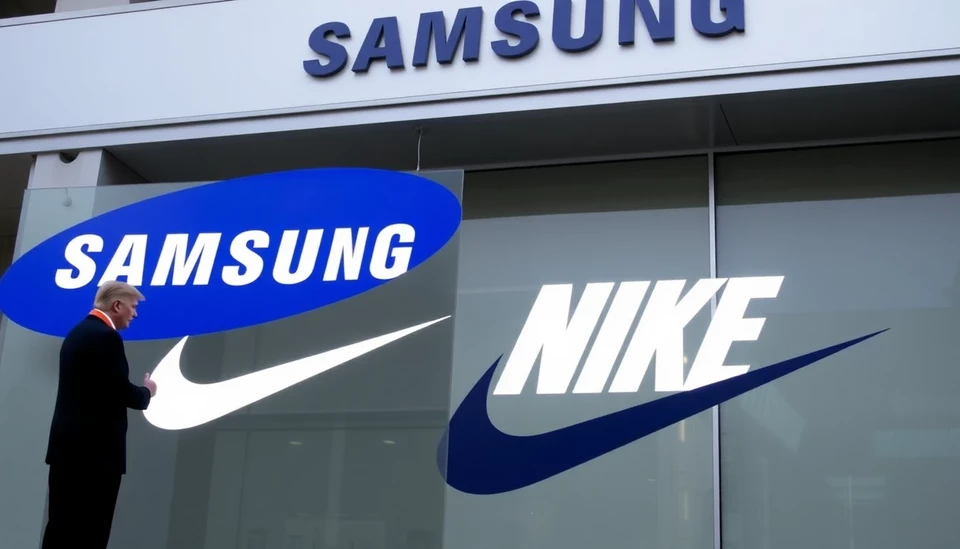
In an unexpected twist in the ongoing trade saga, China's suppliers are finding innovative ways to bypass tariffs imposed on their products, particularly in sectors dominated by major brands like Nike and Lululemon. The latest strategies have seen these suppliers leveraging partnerships with popular social media platforms such as TikTok to enhance visibility and circumvent traditional barriers.
The evolving landscape of global trade has compelled Chinese manufacturers to adopt creative measures to stay competitive and avoid the financial repercussions of strict tariff regulations. This newfound agility has led to a surge in collaborations with fashion and athletic wear companies, fostering a spirit of resilience despite challenging conditions.
This shift comes as major American brands have been grappling with rising costs and supply chain disruptions, largely attributed to the U.S.-China trade tensions. By connecting with platforms like TikTok, Chinese suppliers are capitalizing on digital marketing trends, promoting their products directly to consumers in novel ways that sidestep traditional retail channels.
Notably, the association with TikTok has proven advantageous for brands like Nike and Lululemon, which are now increasingly reliant on influencer partnerships and viral trends to reach younger audiences. This collaboration not only broadens their market reach but also opens up a gateway for suppliers to access a global audience without the hefty tariffs weighing them down.
Reports indicate that innovative content creation has become a focal point for these suppliers. By utilizing TikTok's format, they are able to showcase their merchandise in engaging and trendy ways, which can resonate strongly with a demographic that prioritizes style and authenticity.
This paradigm shift raises important questions about the future of retail and the role of e-commerce in shaping consumer habits. As suppliers and brands adapt to the changing dynamics of international trade, the implications for local economies and traditional retail structures could be profound. The agility displayed by Chinese suppliers highlights a broader trend towards digital obfuscation of trade barriers, blurring the lines of conventional commerce.
As this situation develops, the response from corporate giants and policymakers remains to be seen. However, the current strategies employed by Chinese suppliers undeniably represent a significant departure from the status quo, potentially redefining the relationship between suppliers and big brands in a fast-evolving market landscape.
The intersection of tariffs and innovative supplier strategies indicates that adaptability may be the key to thriving in this new era of global trade, as businesses navigate through complex regulatory environments while also responding to consumer demands effectively.
With China’s ability to pivot and leverage technology, it remains to be seen how major brands will respond to this new wave of competition and whether they will adopt similar tactics to maintain their market share.
As the dialogue around trade continues, one thing is certain: the creative responses from Chinese suppliers may just be the catalyst needed to disrupt traditional strategies, leading to a reshaping of the global market dynamic.
#Nike #Lululemon #TikTok #ChinaSuppliers #TariffBypass #GlobalTrade #Ecommerce #Innovation #SupplyChain
Author: Victoria Adams




